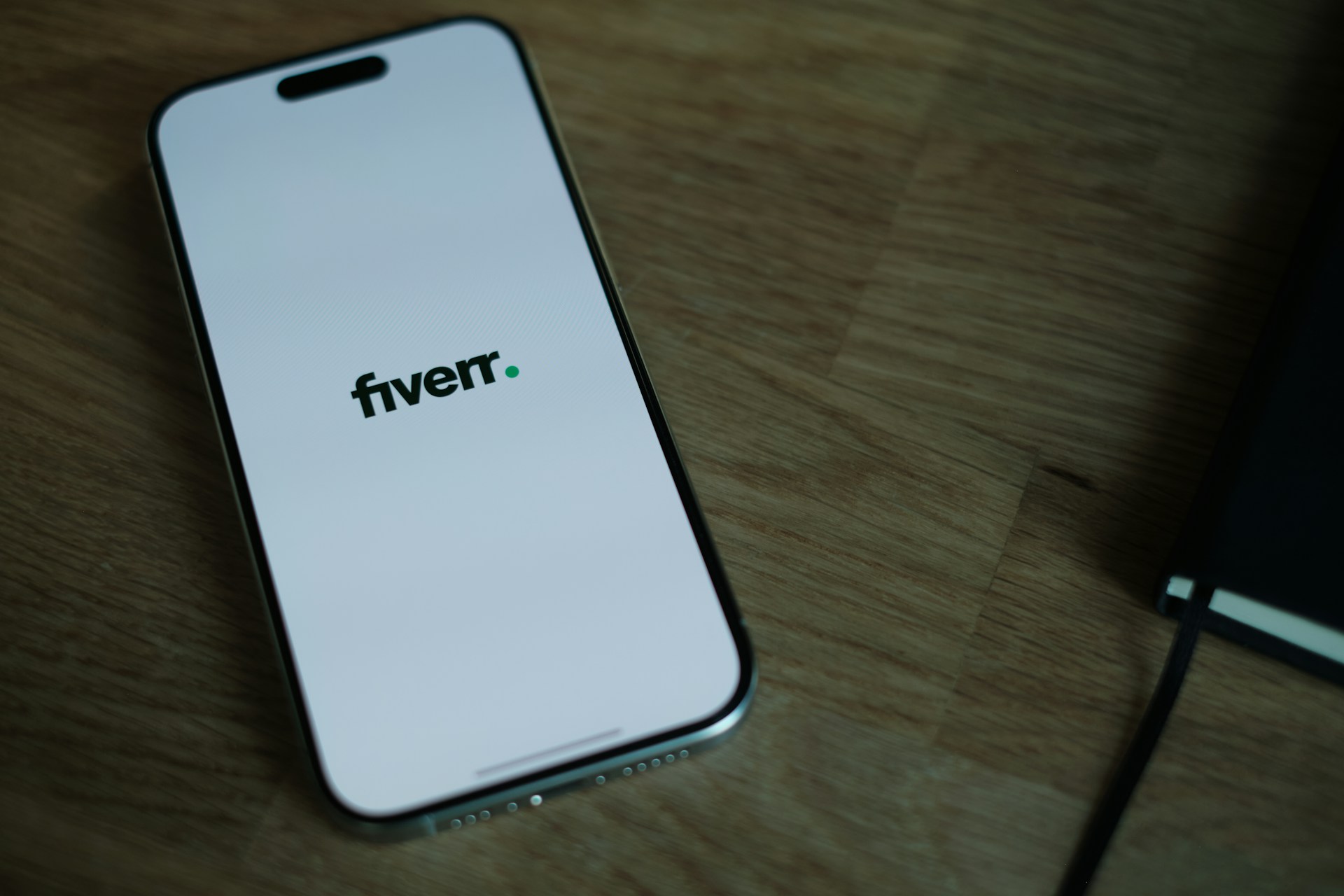Write Us: hello@ali5.org
Is Fiverr Still Worth It in 2025? A Freelancer’s Experience After 6 Months
After six months freelancing on Fiverr in 2025, does the platform still make sense? We analyze ease of use, earnings potential, AI disruption, scam risk, and whether it's still a good fit for real pros.

Thinking about jumping into Fiverr in 2025? You’re not the only one. With freelancing more popular than ever, it feels like everyone’s either offering gigs or trying to figure out if it’s even worth it anymore. The real question is: can you still make good money on Fiverr, or has it turned into a race to the bottom, where cheap work drowns out quality? Let’s unpack that.
Let me walk you through what I learned after working on Fiverr for six months, what worked, what didn’t, and whether I’d recommend it to someone just getting started today.
What Fiverr Looks Like in 2025
Let’s get one thing straight: Fiverr is no longer a “$5 gig” site. That image is outdated. Now, it’s a massive freelancing marketplace where people offer everything from simple data entry to high-end branding packages. In 2025, Fiverr feels more like a curated storefront; you’re not just selling a service, you’re building a mini business.
It’s sleek, competitive, and yes, a bit overwhelming at first. But with the right strategy, you can absolutely make it work.
My Starting Point: A Crowded Niche
When I joined Fiverr, I decided to offer copywriting and virtual assistant services—two of the most saturated categories on the site. Not ideal, but it’s what I knew how to do.
So instead of trying to be a generalist, I niched down. I focused on specific gig titles like “Product descriptions for small e-commerce stores” and “Data entry for Shopify & Etsy sellers.” That helped me stand out in search results.
The First Month: Patience Is Everything
Honestly? The first two weeks were brutal. No clicks, no messages, no sales. I kept tweaking my gig titles, changing images, and rewriting my descriptions.
Finally, a small order came in from someone needing a quick rewrite. I delivered early, added a bonus line or two, and they left me a 5-star review.
That one review opened the door. Fiverr’s algorithm started showing my gigs to more people, and slowly, new orders trickled in.
By the end of the first month, I had made around $75. Not much, but it proved that the system works. You just have to be patient.
Months 2 to 4: Momentum Builds
Once I had a few solid reviews, things picked up. I learned quickly that speed and communication matter a lot on Fiverr. I replied to every message within an hour, delivered most orders before the deadline, and asked for feedback professionally.
I also adjusted my pricing. Instead of offering one-size-fits-all packages, I created three tiers: Basic, Standard, and Premium. That helped clients with different budgets pick what suited them best.
By the fourth month, I was earning around $250–$350/month. Not a fortune, but it was steady, reliable income, without chasing clients.
What’s Great About Fiverr in 2025
Here’s what actually works well on the platform today:
✅ No cold pitching: Fiverr brings traffic to your gigs. You just have to optimize your profile.
✅ Beginner-friendly: No need for fancy portfolios. A strong gig description and a good first impression can get you started.
✅ You control your time: You decide your availability. You can pause your gigs or set longer delivery times if you’re busy.
✅ Diverse clients: I worked with people from all over the world, US, UK, Canada, Australia, and even South Africa.
But Let’s Be Real. Fiverr Has Its Issues
While there’s a lot to like, here are the downsides I’ve faced:
❌ The 20% commission hurts: Fiverr takes a fifth of your earnings, no matter how big or small the order.
❌ You’ll get lowball offers: Some clients expect premium work for $5. Learn how to say no (and say it politely).
❌ Gig visibility can drop randomly: One week you’re booming; the next, your impressions tank. Fiverr’s algorithm can be unpredictable.
❌ Lots of competition: In popular categories, you’re competing with thousands of sellers. Without proper SEO, your gig gets buried.
So, Is Fiverr Still Worth It?
If you’re just starting out in freelancing, absolutely yes. Fiverr is still one of the easiest ways to get real-world experience, build client relationships, and earn money from home. You’ll learn how to handle clients, set expectations, and deliver under deadlines.
But if you’re a seasoned freelancer charging premium rates, Fiverr might feel limiting. The platform still favors affordability and volume, unless you’re invited to Fiverr Pro or carve out a premium niche.
Tips That Actually Help You Get Orders
-
Niche down: Don’t just offer “content writing.” Offer blog posts for skincare brands or email copy for fitness coaches.
-
Use clear, SEO-focused titles: Your gig title is your headline; make it count.
-
Update your gig regularly: Fiverr likes active sellers. Keep tweaking your descriptions, tags, and images.
-
Deliver more than expected: A little extra effort leads to 5-star reviews, and those reviews drive future sales.
Final Thoughts: My Fiverr Verdict After 6 Months
Fiverr in 2025 is still 100% worth it if you take it seriously.
It’s not a get-rich-quick scheme. You won’t wake up with 10 orders in your inbox. But if you put in the work, stay consistent, and treat it like a real business, Fiverr can become a steady source of income.
For me, it’s been a valuable way to earn from home, connect with clients, and sharpen my skills, all without the pressure of chasing gigs or building a personal website.
If you’re on the fence, try it for 30 to 60 days. Test a few gigs, watch what works, and decide from there. Worst case, you get experience. Best case, you build something real.







